|
I’m about to embark on a three-month wine sommelier course at Lucca. It’s not that I want to become a wine expert, but I want to move from knowing what I like to understanding why I like it. My education in wine began with a husband who was buying fine wines at auction when we were so poor that I was scouring the Cambridge market to save a ha’penny on potatoes. At least I got to drink some superb wines, but it also made me lazy. I didn’t have to decide which wine to buy or which to serve with which food. Since I started living near Lucca and organising my gastronomic tours eight years ago, I’ve learned a lot more. I accompany my clients on vineyard tours and drink a glass of wine, as Italians do, with most meals, which has made me more conscious of the effect wine and food have on each other. The wines range from humble family wines to exalted Brunellos and Barolos and from sparkling to sweet passitos. It’s been an exciting time for Italian wines. Winemakers have really started pulling up their socks and producing much higher quality wines. And I’ve observed the number of biodynamic vineyards in this area grow from one to five, with more on the way. Still, my knowledge is patchy — a jigsaw puzzle in progress. You know how easy it is to complete the frame, but inside there are all those islands of pieces that remain stubbornly disconnected. This is my effort to fill in the gaps, and I hope I’ll be able to give you a few tips too.
2 Comments
I’ve written about zuppa alla frantoiana, a typical seasonal soup of Lucca, so many times that you’d think I’d be bored with it. But no. It’s the archetypal winter dish—a minestrone on a foundation of stale bread—and varies according the cook, his or her family tradition, the vegetables available in the orto (veg patch) and hedgerows, the quality of the bread and of this year’s olive oil. Every zuppa conforms to certain principles and yet each is unique. Five years ago Slow Food Lucca Compitese Orti Lucchesi realised the qualities of zuppa were not so dissimilar to football teams (all teams play by the same rules, but each has its own characteristics) and organised the Disfida della Zuppa (soup tournament) composed of several rounds, with the winner of each round going through to the finals. The contestants range from home cooks to restaurant chefs. The jury is composed of us, the public, who come to taste, debate and judge. The 5th round of this year’s Disfida, at restaurant Il Rio di Vorno, went like this. Judging with our eyes first, we see that each zuppa looks entirely different. We season the zuppe with generous drizzles of new season extra virgin olive oil from a nearby olive farm. Number 2 aromatic, number 3 badly burnt. If you turn your back for a second, the bean puree that forms the basis of the zuppa sticks to the bottom of the pan. You can tell what country you’re in without hearing the language, just look at the hands. Each soup gets positive marks for intensity of aroma, intensity of flavour and complexity of flavour, and negative ones for too much salt, too little salt, too much acidity and burnt odour. We also give each an overall rating from 4 to 10. Nothing less than 4. I guess they don’t want anyone to feel too discouraged. Polpetti of bacalà (salt cod), rustic puree of chick peas and stewed cabbage seasoned with a hint of wine vinegar. Francesca made zuppa number 2, the one everyone at my table judged the best. She’ll go through to the finals. Brava Francesca! The whole evening only costs €2o for Slow Food members and €23 for non-members, and that includes wine and coffee. What a bargain!
To read more about zuppa see Elegy to Zuppa, Soup put to the test, Souprize, Slow Food Disfida della Zuppa and over at Debra Kolkka’s blog Bagni di Lucca and Beyond, Who made the best soup?, and Serious Soup on Bella Bagni di Lucca. Next round: 9 March at 20.00 at the Sala Parrocchiale, Capannori. See you there! The travellers’ image of Tuscany is all sunshine, olive trees, vines and cypress-lined roads, and if you come in spring, summer or autumn, that’s mostly what you’ll see (although you’d be in for a surprise here in the Garfagnana). In winter the scene is completely different. We have snow — not much, but we can count on it every year. No one pretends it doesn’t happen, so it’s compulsory to have winter tyres on your car or chains at the ready. Snow ploughs clear the roads within a few hours. Far and near the snow reveals patterns that are invisible at other times of year. Thanks to Klaus Falbe-Hansen for his photos.
L’insalata non è bella se non c’è la pimpinella! The salad isn’t good (beautiful) if there isn’t any pimpinella! Last week I took a walk with my friend the beekeeper, Francesca Buonagurelli, whose head is full of minute knowledge about her territory. On the roadside was a small plant bravely flaunting its frilly leaflets in the chill winter air. I knew it as salad burnet in England, and we too use it (or used to use it) in salads, but I don’t know of any traditional saying in English. Its scientific name is Sanguisorba minor and it’s in the rose family. The young leaves have a mild, fresh flavour. Just what’s needed in a winter salad.
If you come on my Tastes & Textiles tour, you’ll meet Romeo and Nada, two of my local heroes. Not love-struck teenagers defying their families, but two people quietly taking their lives into their own hands and following their dreams. Before they retired, they worked at a shoe factory near Lucca. But Romeo harboured a burning desire to learn to weave. Until 20 or 30 years ago, many young women were taught to spin and weave, and wove their trousseaux by hand. An 80-year-old woman in Romeo’s village of Convalle still carries on the craft. As soon as he retired, he asked her to teach him the skill. She accepted his proposal, and being an excellent student, he is now weaving for pleasure and for sale. Romeo found an abandoned floor loom, which he lugged up to his attic and restored. An old bicycle wheel powers his bobbin winder. The lamp above his loom is a copy of his teacher’s. The old newspaper tacked around the shade directs the light onto the area he’s weaving and keeps it from shining directly into his eyes. A few shelves for spools of thread, and his workshop is complete. Among jumbled sacks in the adjoining roof space are some filled with antique hemp which he uses for some of his pieces. Hemp used to be grown everywhere in the area. When you’re walking around the hills, you occasionally see depressions which are the remains of pools in which the hemp stalks were retted to free the fibres of the stem. The fibres were spun by hand with a distaff and drop spindle. A few women can still be found glumly spinning at village festivals. These days I suspect it’s just theatre and you wouldn’t find them spinning while watching the telly in the evening. Although one goat herd I discovered above Fabbriche di Vallico, who stays up in the alpine pastures all year, spins away the long winter evenings. Romeo doesn’t set up his own warps. He leaves that task to his teacher. They’re beautifully straight and taut on the loom. She must feel proud to be contributing to the quality of her student’s products, but I hope he’s learning to do it himself for the day when she’ll no longer be capable. Romeo has made his own the traditional Lucca textile pattern ‘rosa di maggio’, the rose of May. He weaves it in the pure form he learned, but like a musician improvising variations on a theme, he plays with colour, length and width, showing me a new idea almost every time I visit. His main pieces are household linens: table runners, table mats, napkins, tea towels and small rugs. It’s one of the places I worry about taking clients, because it takes extreme willpower not to buy everything myself. Romeo’s wife Nada has discovered her own talents in the enterprise. She and her mother do most of the hand finishing, although Romeo ties fringes while watching football matches. Nada’s creative energies go into making adorable stuffed animals from offcuts of the fabric. I give them as presents to the children of families who come on my personalised family adventures. I met Romeo and Nada at the annual Festa della Zucca (Squash Festival) at Piegaio, the village below their own. They travel around to monthly fairs and annual festivals, ranging as far as Forte dei Marmi on the coast and Castiglione di Garfagnana on the slopes of the Apennines. I don’t think it’s for the money. I can’t remember ever seeing them without a smile of contentment on their faces.
It takes some willpower to go down to the vegetable garden on a cold, gloomy February day. But as soon as I’m out the door and heading down the main street of the village, my spirits lift. Even though driving rain for the last two days has melted all the snow around Casabasciana, the Alpi Apuane in the distance are dusted white. My camera and I aren’t up to showing you how beautiful the 3-minute walk to the orto is. And as for how fresh the air smells… Around the next curve and I can see the Prato Fiorito capped with snow and the Apennines stretching back into the distance. My last report on the vegetable garden was in September. I’m now harvesting what we planted then, but it’s not a great success story. I followed the instructions of the man I bought the plantlets from, but you need a magnifying glass to see the fennel bulbs. Any experienced fennel growers out there who can tell me what I did wrong? Maybe the same thing as the Savoy cabbage? Are they a special variety for one-person households? Then there’s the Cercospora leaf spot on the bietola (Swiss chard), but I’m cleaning that up and the new leaves are clear and green. The cavolo nero stands sturdily against all ravages except mine. It’s so good in soups and on crostini. If I start to feel depressed or bewildered, I only have to look up.
|
Email Subscription
Click to subscribe to this blog and receive notifications of new posts by email. AuthorErica Jarman Categories
All
Archives
October 2023
|
|
copyright 2017 sapori-e-saperi.com | all rights reserved
|
Website by Reata Strickland Design

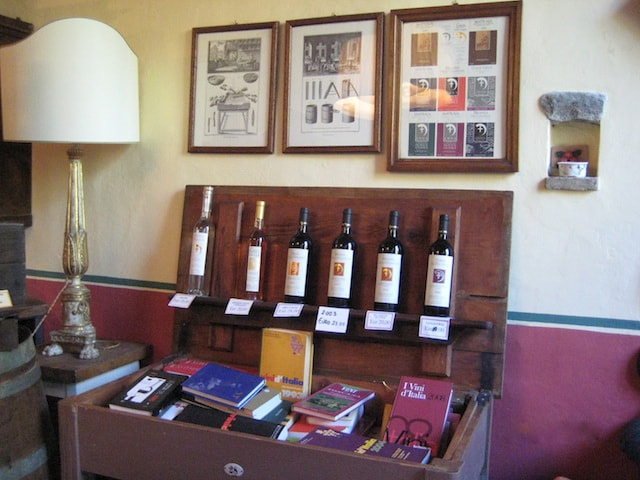
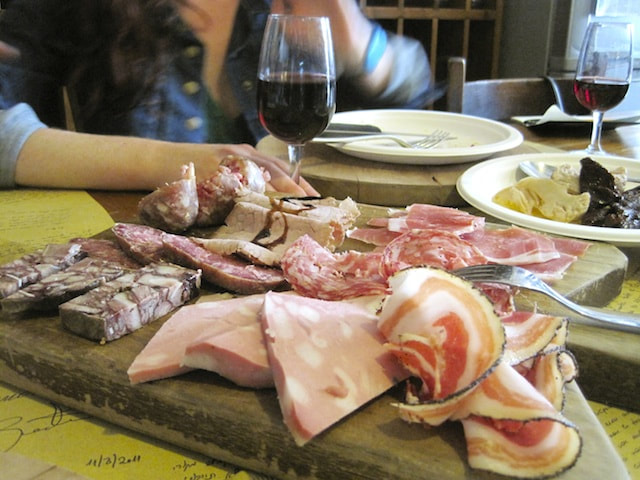
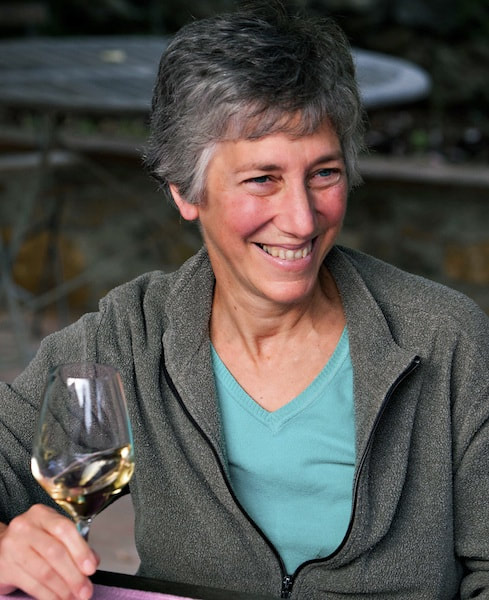
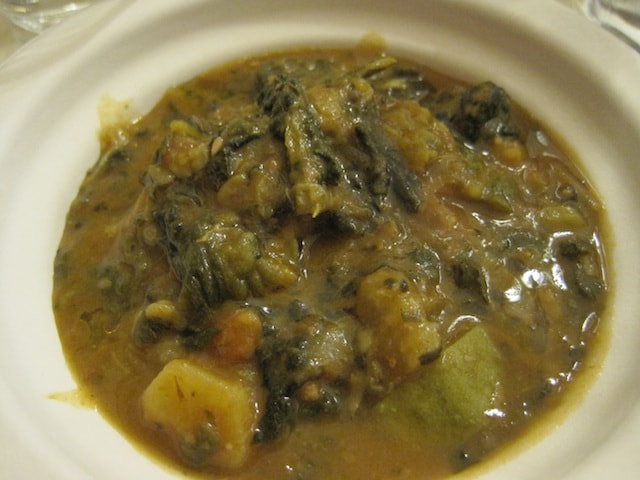

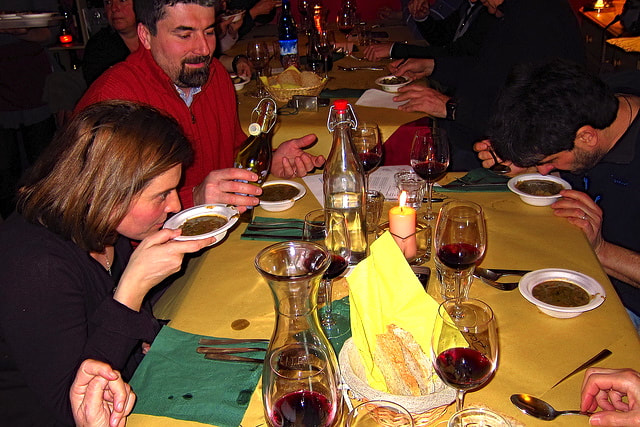
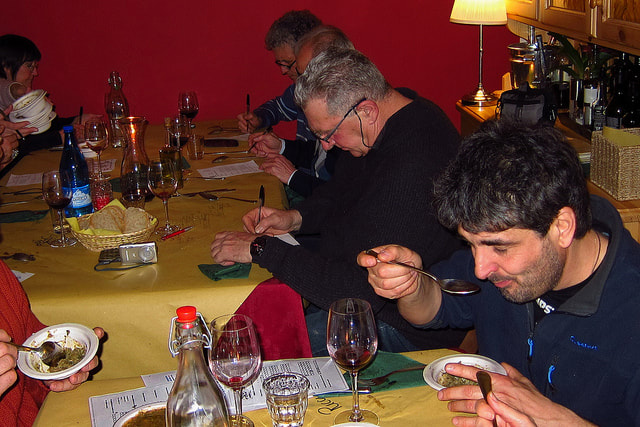
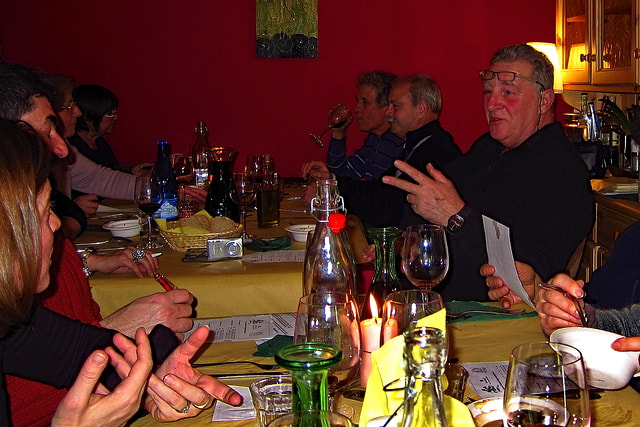
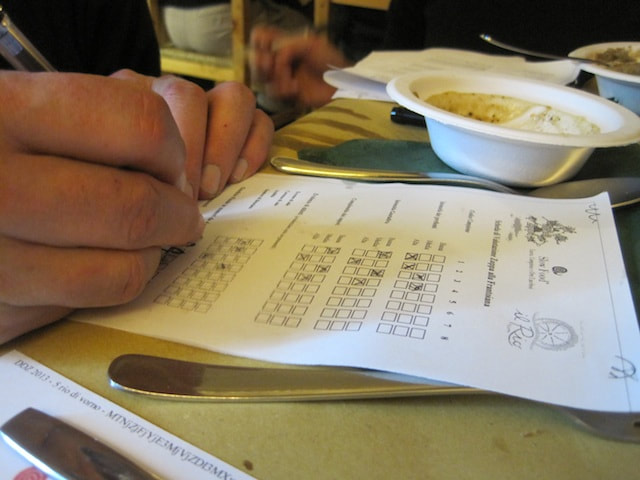

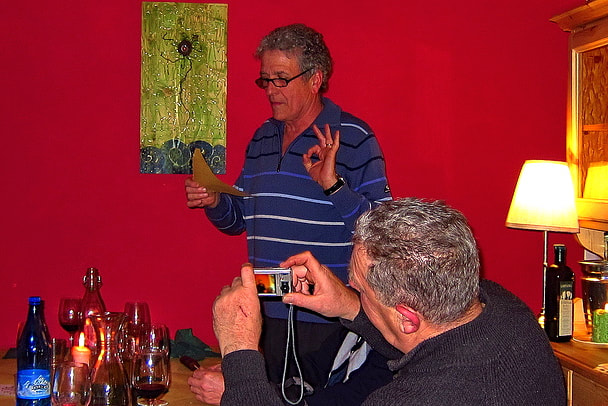
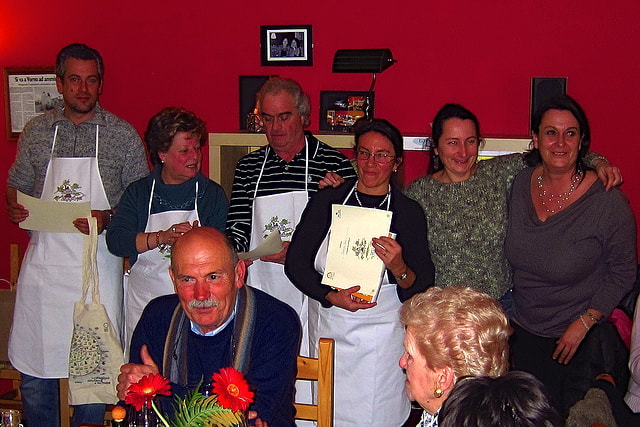
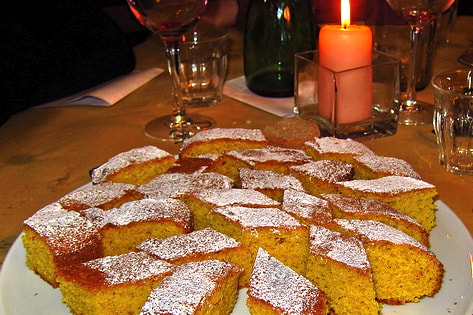
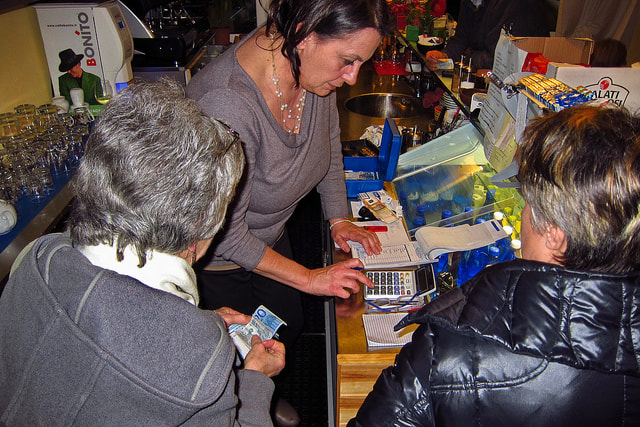
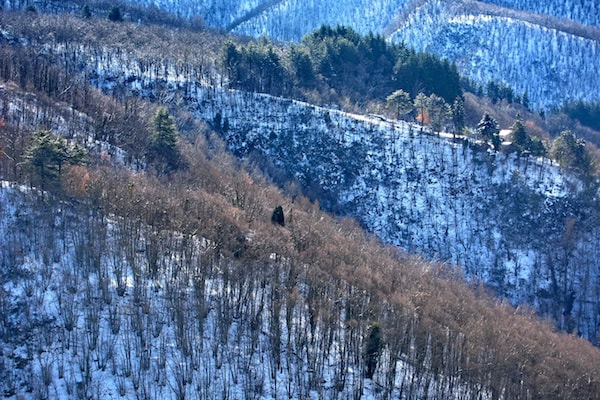

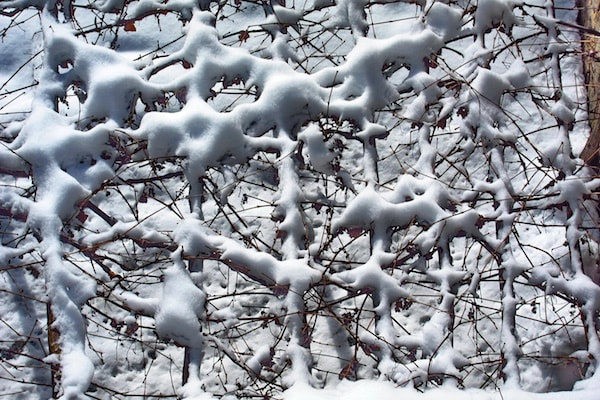
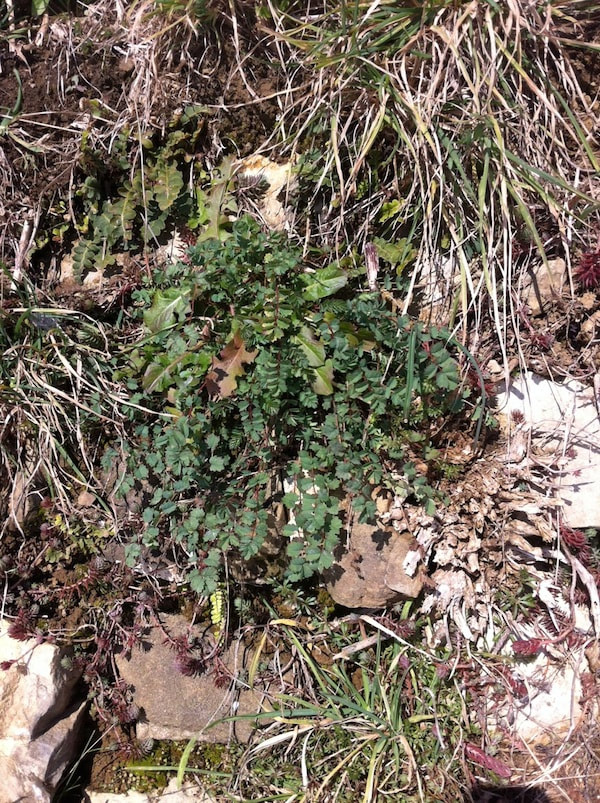
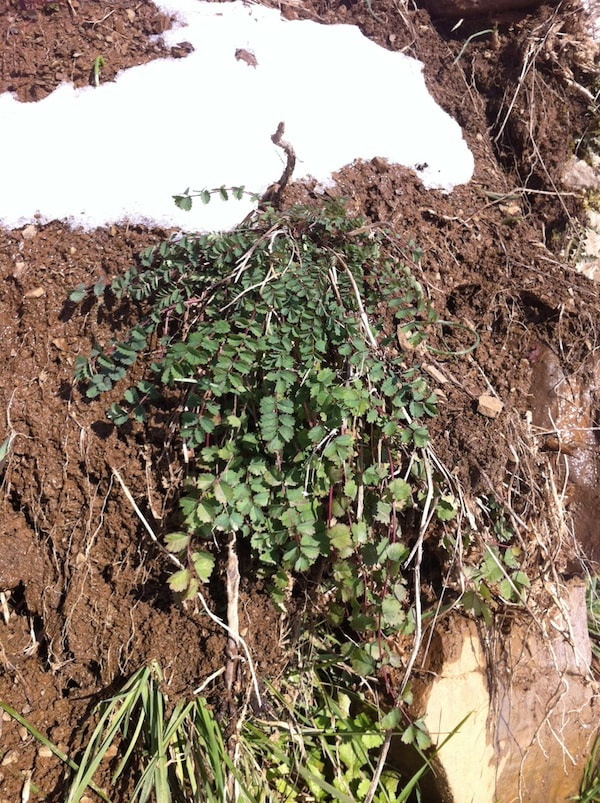
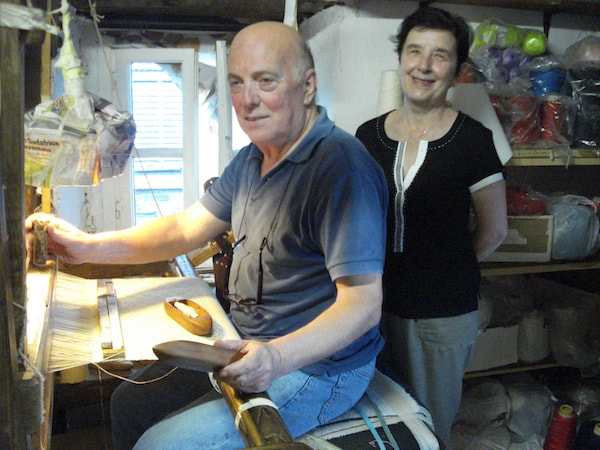
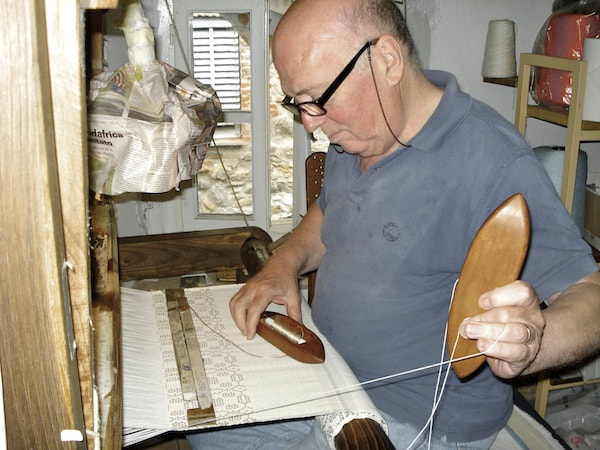
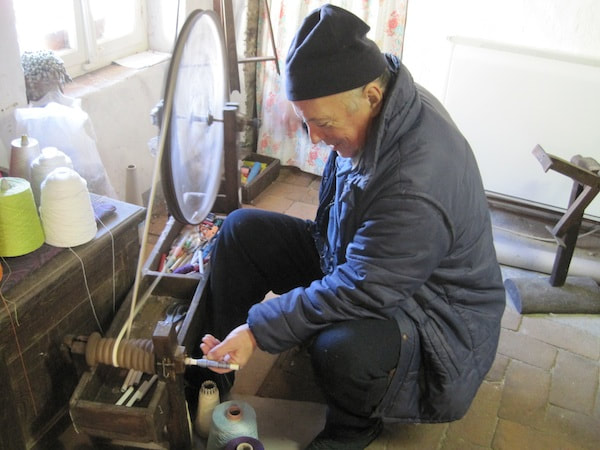
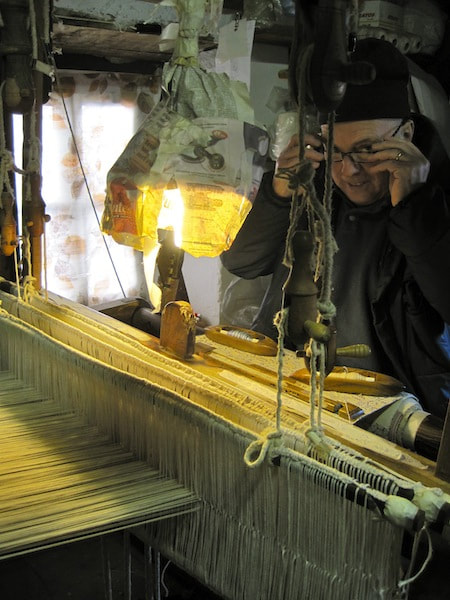
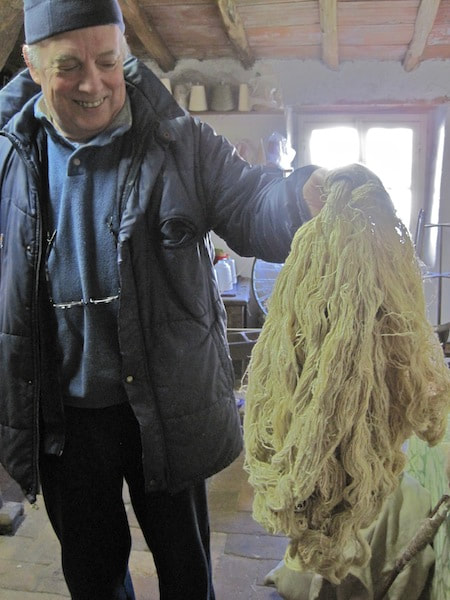
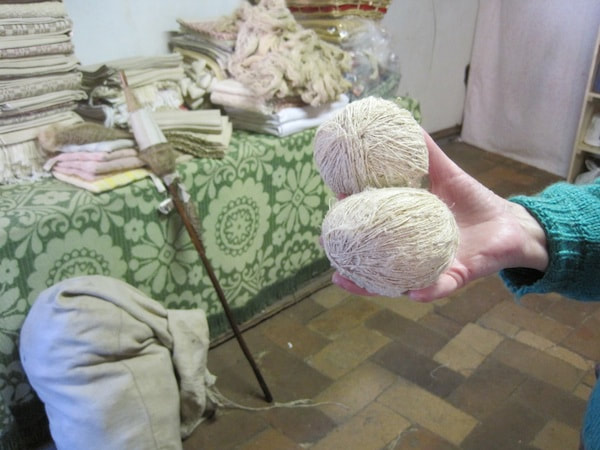
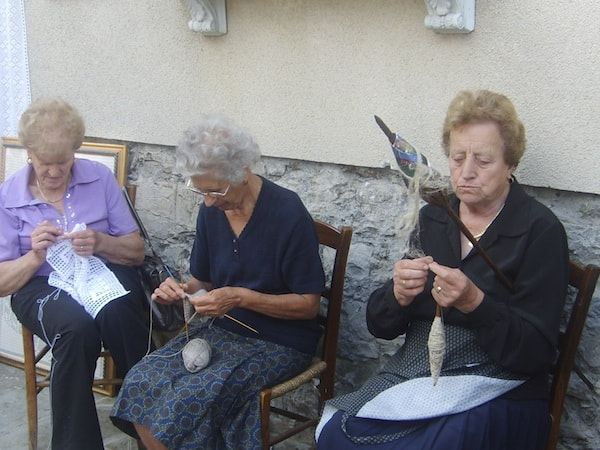
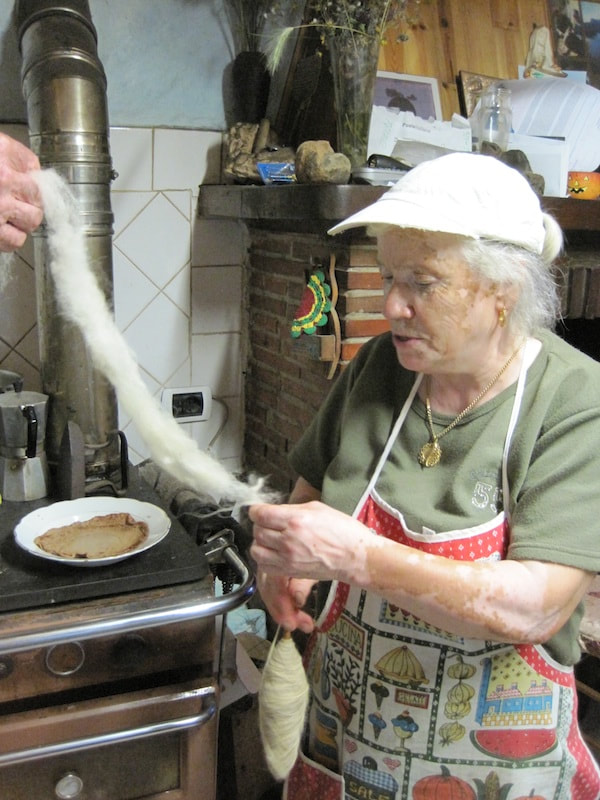
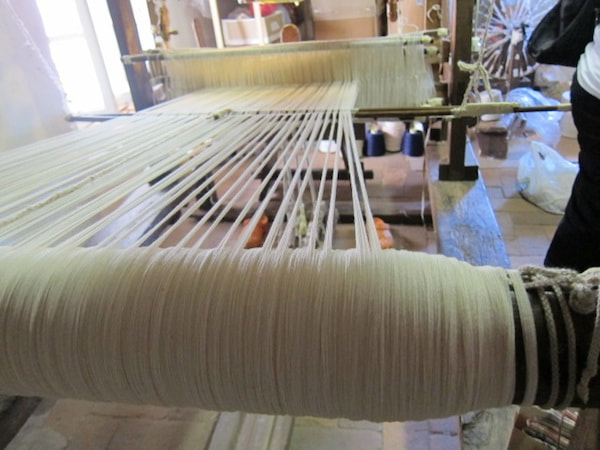
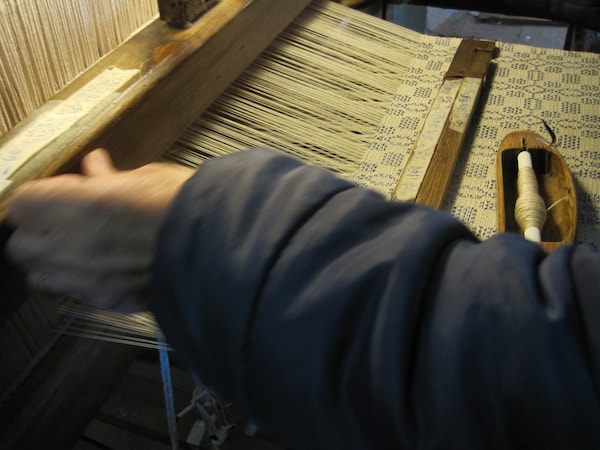
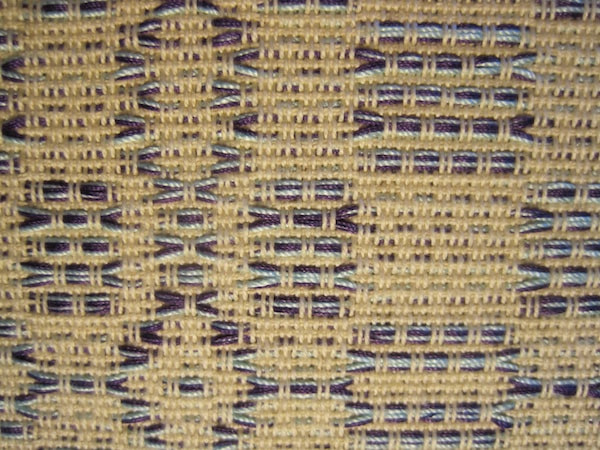

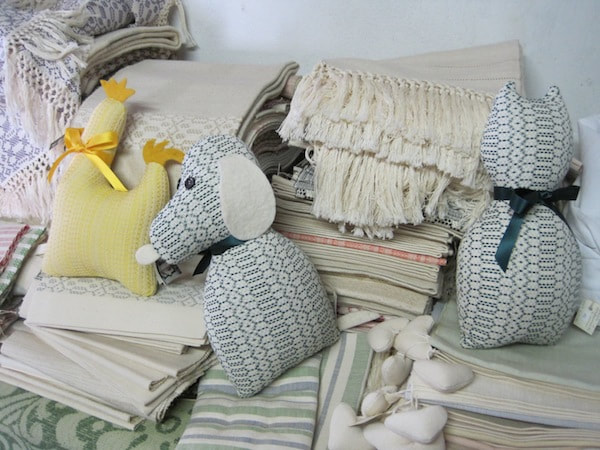
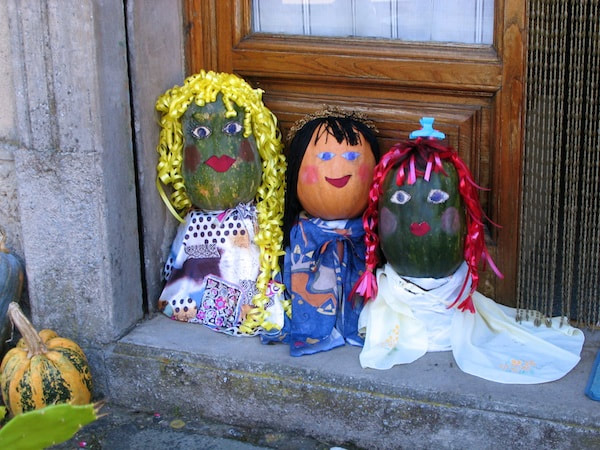
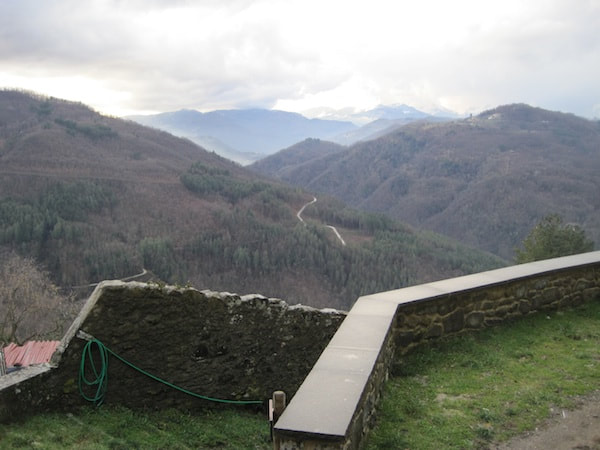
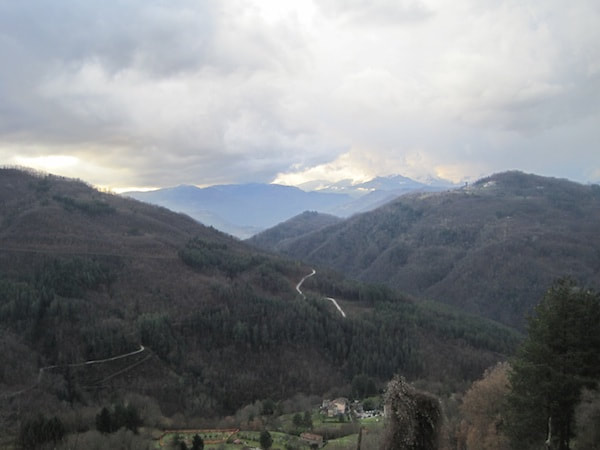
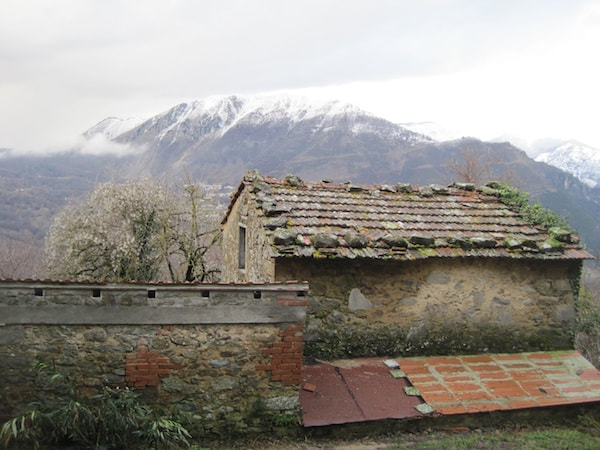

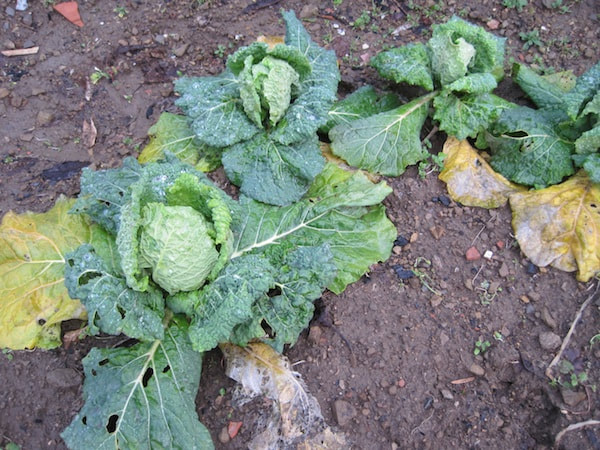

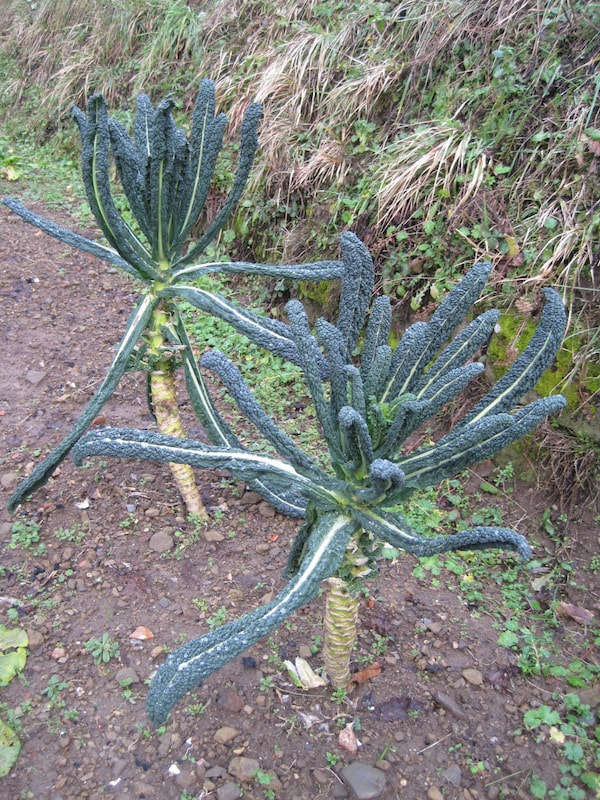
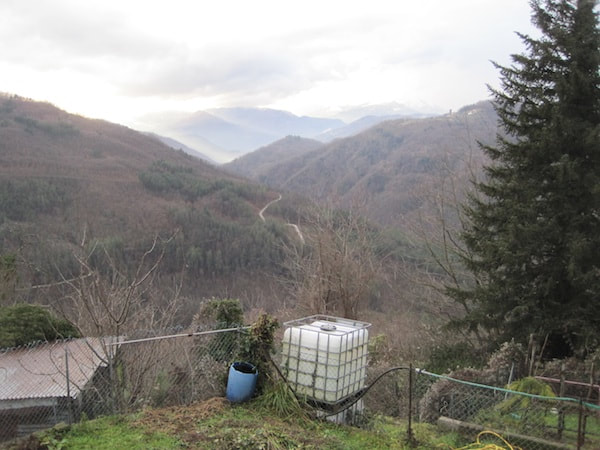
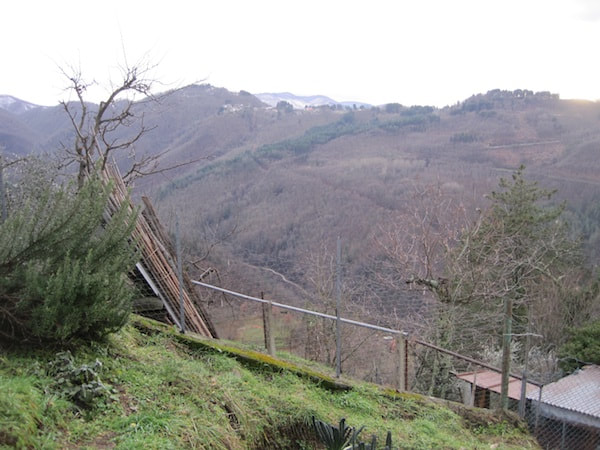
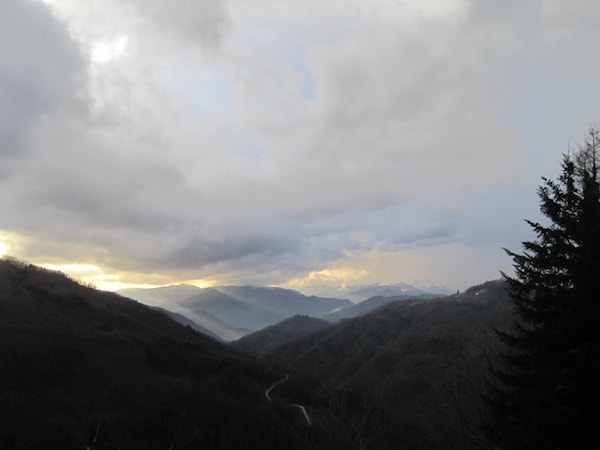
 RSS Feed
RSS Feed



